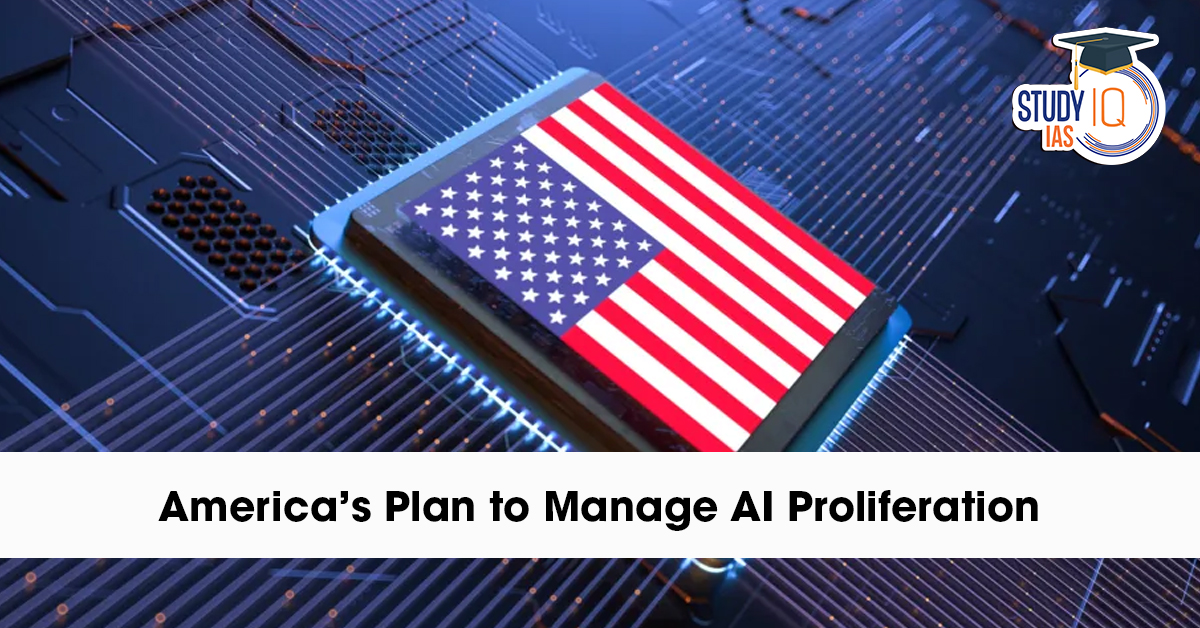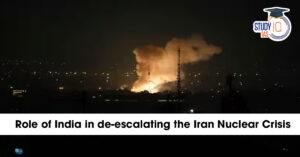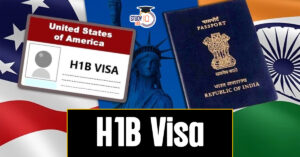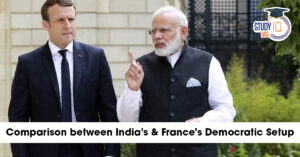Table of Contents
Context: The announcement by the United States of the rescission of its Framework for AI Diffusion has been viewed as a good thing. However, recent developments suggest that controls on AI are likely to persist, albeit in different forms.
U.S. Approach to AI Export Controls
- Export Controls on Hardware: Placed restrictions on the export of advanced AI chips, like Nvidia’s A100, H100, etc., especially to China, Russia, and certain other countries.
- Controlled both physical hardware (GPUs, TPUs) and, increasingly, AI model weights and software.
- AI Diffusion Framework (2024): Proposed treating AI as a dual-use (civilian + military) technology, like nuclear tech.
- Implemented embargoes for adversaries, preferential treatment for allies, and restrictions for others.
- Sought to centralise and standardise export control procedures, making them more predictable but more sweeping.
- Technical & Legislative Innovations: Exploring on-chip features: Hardware-embedded tracking and restrictions (e.g., location tracking, usage monitoring).
- New laws to mandate built-in controls for AI chips to prevent illicit diversion.
Consequences of U.S. AI Export Controls
- International Backlash: Allies felt constrained and distrusted, motivating them to pursue their own AI and semiconductor strategies.
- Perception of U.S. willingness to “dictate” technology policy globally.
- Stimulus for Alternatives: Adversaries (especially China) accelerated their push for domestic chip and AI model innovation.
- Example: China’s DeepSeek R1 rivalled top U.S. models using less compute, bypassing hardware restrictions.
- Innovation Shifts: Global research pivoted toward developing efficient AI models with lower compute needs to evade U.S. controls.
- Export controls became less effective as technology adapted.
- Fragmentation: Fragmentation of the global AI ecosystem as more countries sought “technological sovereignty.”
- Reduced collaboration and interoperability between AI researchers worldwide.
- Privacy and Trust Concerns: On-chip surveillance features led to concerns about privacy, misuse, and loss of user autonomy.
- Increased suspicion towards U.S.-origin technology.
Implications of U.S. AI Export Controls
- Geopolitical Realignment: Allies hedged their bets, reducing reliance on U.S. tech and exploring new partnerships (e.g., EU, India).
- Drove global push for independent AI and chip ecosystems.
- Erosion of U.S. Tech Leadership: Attempts to “fence in” AI may accelerate innovation elsewhere.
- US. risks losing its influence in global AI standards and research networks.
- Security vs. Openness Dilemma: Tight controls intended for security can undermine open scientific collaboration, slowing collective progress.
- The risk of overregulation outweighs security gains.
- Legal and Ethical Risks: Surveillance and tracking measures may conflict with local privacy laws and ethical norms in other countries.
- Legal challenges and resistance from both adversaries and allies.
- India and Middle Powers: Countries like India, not treated as “trusted allies,” risk exclusion from cutting-edge AI.
- Pushes such countries to pursue self-reliance and alternative sources of technology.


 Iran Nuclear Crisis and India’s Role f...
Iran Nuclear Crisis and India’s Role f...
 H1B Visa Program, Beneficiaries, Eligibi...
H1B Visa Program, Beneficiaries, Eligibi...
 Comparison Between India & France's ...
Comparison Between India & France's ...

























